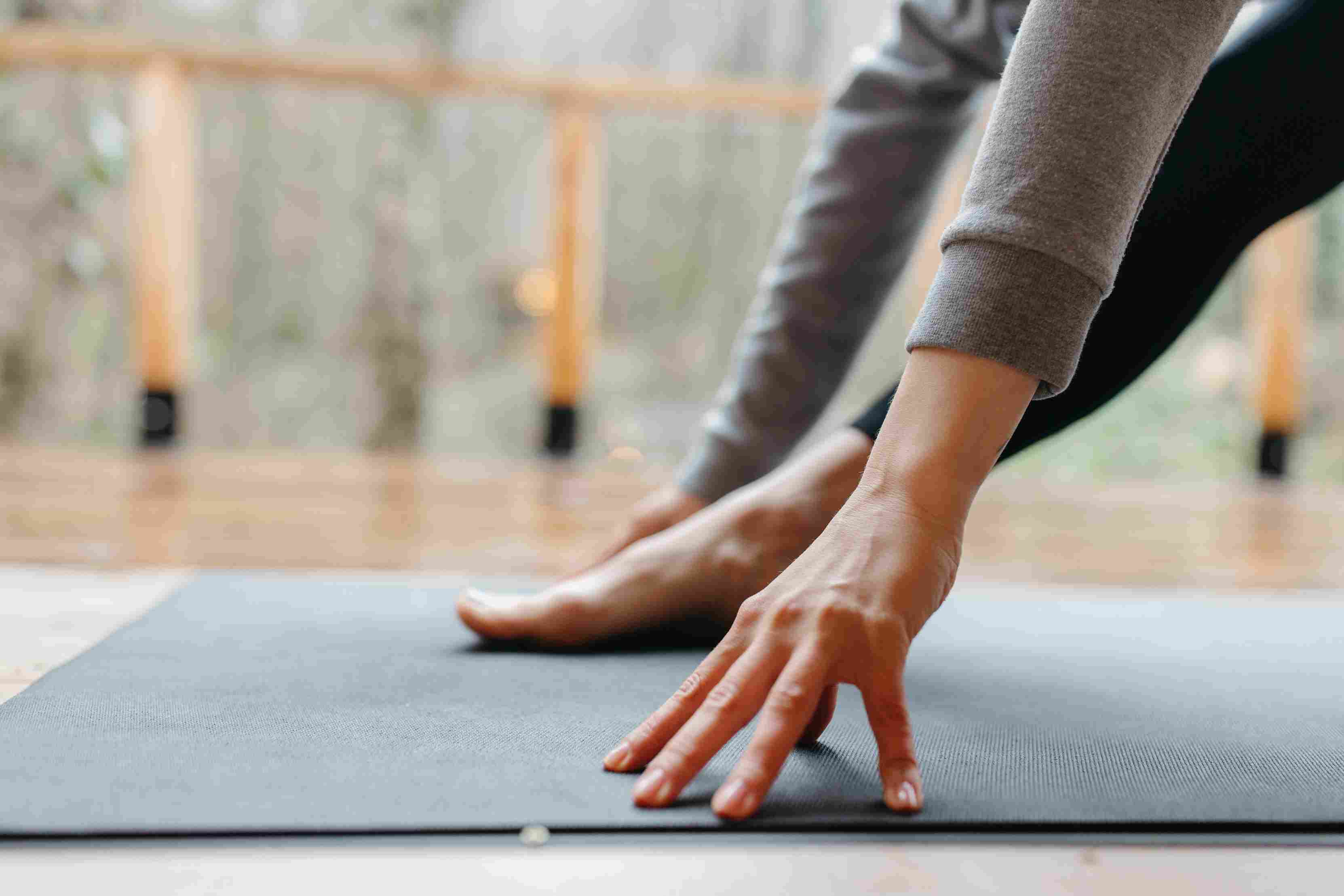
PREVENTION FOR MOST COMMON INJURIES ACCORDING TO COACHES, ATHLETES AND DOCTORS
Studies conducted at international competitions and Olympic Games found that athletes' injury rate varies from 10% to 65% and that most of these injuries affect the lower extremities. With such a massive number, avoiding sports injuries is one of the primary goals of all sports professionals [7].
In this article, we will talk about the most common causes of injuries from the perspective of athletes, physical therapists, doctors and trainers. Most importantly, we give you concrete tips to incorporate approaches within your training sessions that will help you prevent injuries.

WHAT ARE THE MOST COMMON CAUSES OF INJURY?
Although the nature of injuries varies among sports, the vast majority happen due to a combination of factors, making it difficult to attribute all injuries to one specific mechanism. For example, muscle and bone injuries usually occur when these structures are overloaded, exceeding their ability to adapt and regenerate, but many other causes are highlighted depending on who's involved.
According to physical therapists, doctors and trainers:
A study compiled opinions of physical therapists, doctors and trainers assisting elite athletes on their injuries risk factors and related prevention. They responded to two questions: what they think can cause injuries in athletes from their respective sports and what they implement in their training to prevent injuries [7].
The most frequently mentioned cause was related to training itself. Additionally, The internal risk factors frequently mentioned were inadequate technique, inadequate nutrition and the belief that athletes must tolerate pain.
'No pain, no gain' is for Rambo-wannabee egos – Erika Lemay
The most frequently mentioned external risk factors related to the athlete's environment were related to training, equipment, the environment and the sports characteristics. They included overtraining, insufficient muscle strength, lack of rest, the movement patterns inherent to the particular sport (change of direction, deceleration, jumping, physical contact and moves with an extreme range of motion) and repetitive movements, among others.
According to athletes:
In a recent study in which athletes were asked to explain their beliefs on overuse injuries, training and equipment—including overtraining—a fast increase in the training load and changes in training methods and equipment, were perceived as risk factors for injuries.
When the professional athletes were asked about sports injury prevention, the three interventions most frequently mentioned were exercises for muscle strengthening, sensorimotor training (a type of balance training that emphasises postural control and proprioception, [5]) and stretching. Therefore, we could argue that there are no direct relation between the most frequently mentioned causes of injury and the preventive strategies applied. In the case of overtraining, which was the most common cause of injury mentioned, prevention ought to be based on the athletes' recovery.
We have previously covered different practices you can include to enhance muscular recovery, such as sleep, hydration, deep tissue massage and an adequate diet, including sufficient protein intake and avoiding alcohol. You can find more details in the article HOW TO REDUCE MUSCLE SORENESS AND SPEED UP RECOVERY.
Regarding injury prevention, what else is essential other than optimising your muscular recovery?

THE IMPORTANCE OF KEY NUTRIENTS AND THE CONSEQUENCES OF A LACK THEREOF
Athletes must consume enough calories during high-intensity or long training periods to maintain health and maximise training outcomes. Conversely, low energy availability can result in unwanted loss of muscle mass, menstrual dysfunction and hormonal disturbances, injury and illness, impaired adaptation, and prolonged recovery [8].
Low energy availability (not enough calories) is also a major risk factor for developing bone stress fractures. Eating too little has been shown to weaken bones, making them more susceptible to breaks. It also increases fatigue and suppresses the immune system making you more prone to infections [6].
Additionally, many studies have documented the relationship between sufficient vitamin D levels and improved injury prevention and rehabilitation. For example, adequate vitamin D levels were linked to improved neuromuscular function, increased type II muscle fibre size, reduced inflammation, and decreased risk of stress fracture and acute respiratory illness [8].
Protein intake and sufficient calcium are also important. The optimum daily protein intake for athletes with a goal of weight maintenance or weight (muscle tissue) gain ranges from 1.3 grams to 1.7 grams by kilogram of body weight per day [2].

THE POWER OF WARM-UP FOR INJURY PREVENTION
Currently, there is significant evidence to support the use of warm-up programs including aerobic, strength, endurance and agility exercises for reducing the risk of musculoskeletal injuries by over 35%. At the same time, no preventive effects were demonstrated with warm-up programs focused only on stretching [3].
Examples of aerobic exercises are skipping, forward running, jumps in place and running with zig-zag variations. In comparison, some strength exercises could be planks and side lunges, and finally, agility ones are squats, skate jumps, or one-leg jumps over a line.

THE POWER OF COOL-DOWN SESSIONS FOR INJURY PREVENTION
There are two basic types of cool-downs; passive and active [9]. An active cool-down can be defined as an activity that involves voluntary, low- to moderate-intensity exercise or movement performed within one hour after training and competition. Some examples are cycling, static stretching and low-intensity movement underwater. Various passive cool-down interventions include sitting rest, saunas, pneumatic leg compression, electrostimulation, massages, and foam rolling.
Studies have compared the effects of active versus passive cool-down on muscular recovery and the available information suggests no significant differences. However, duration seems to make a difference. A study found divergence in recovery when three groups performed cool-downs of fifteen, ten and five minutes, respectively: the group performing the longer cool-down (fifteen minutes) showed a lower injury rate than the two other groups.
The timings are important.
The differential benefits of active cool-downs seem to be present when there is subsequent low- to moderate-intensity training, given that it can enhance cellular responses and adaptation. Still, it may also decrease performance during high-intensity training or competition. It is important to note that this performance-enhancing effect of active cool-downs is not present when the time between a successive performance is more than four hours and may even have small detrimental effects.
Even though there are no significant differences in the types of cool-downs (passive versus active), studies have found that people perceive more relief from active cool-downs. Since everything we do is influenced by preferences, the most important is incorporating cool-downs altogether.

KEEPING VARIETY IN YOUR TRAINING
You should avoid repetitive movements in your exercise routine, as repeatedly doing the same movements can stress specific muscles and joints, leading to overuse injuries. By varying the type of exercise you do, you can work different muscle groups and reduce the risk of overuse injuries [1].
Whether you are a professional athlete or a movement aficionado, injuries will significantly hinder your practice and progress. Follow the techniques in this article to help you avoid such a situation and know that if it happens, there is no shame in it, and you can heal.
Here are a few tools to help you further navigate these themes:
Have a FLEXIBLE day and a safe practice!


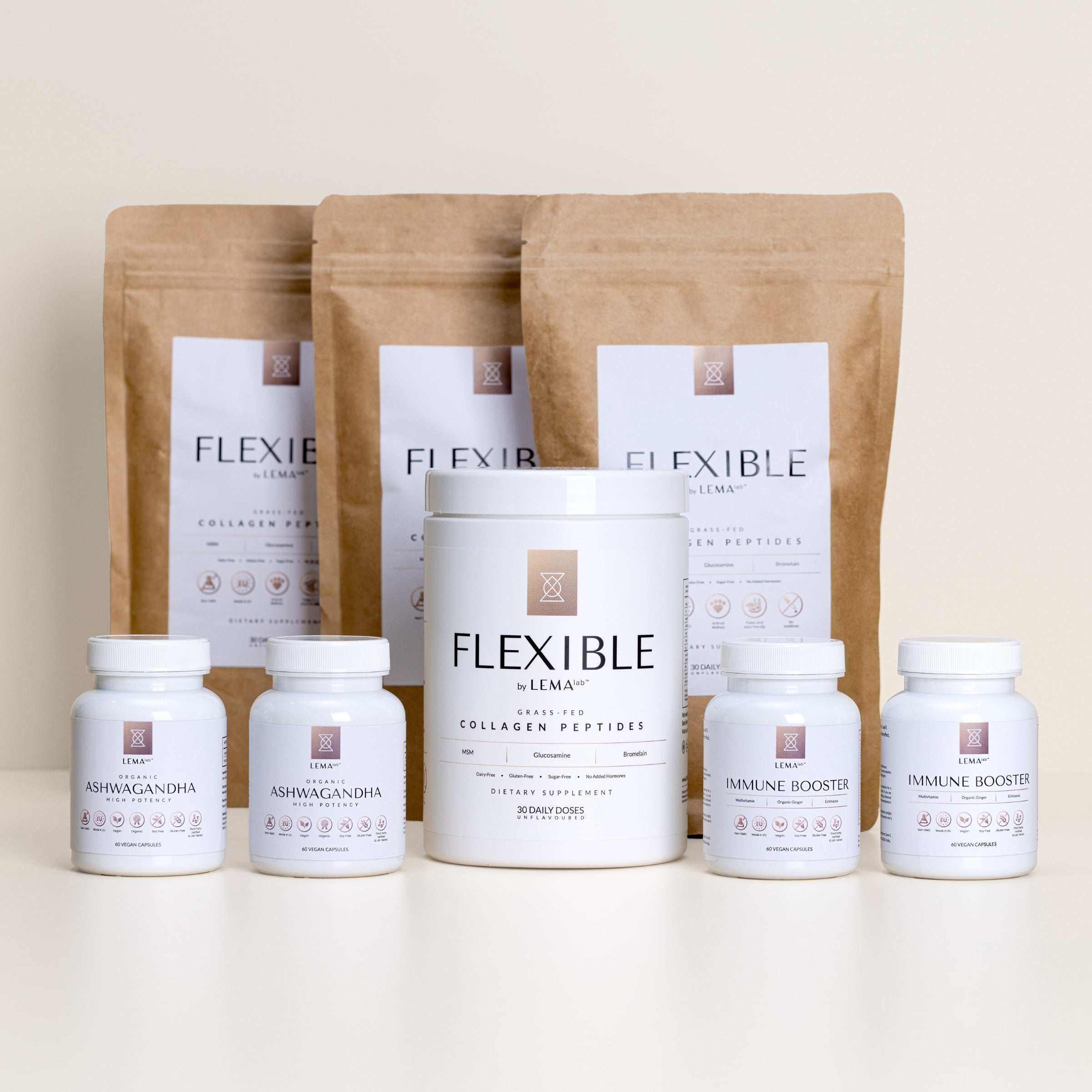
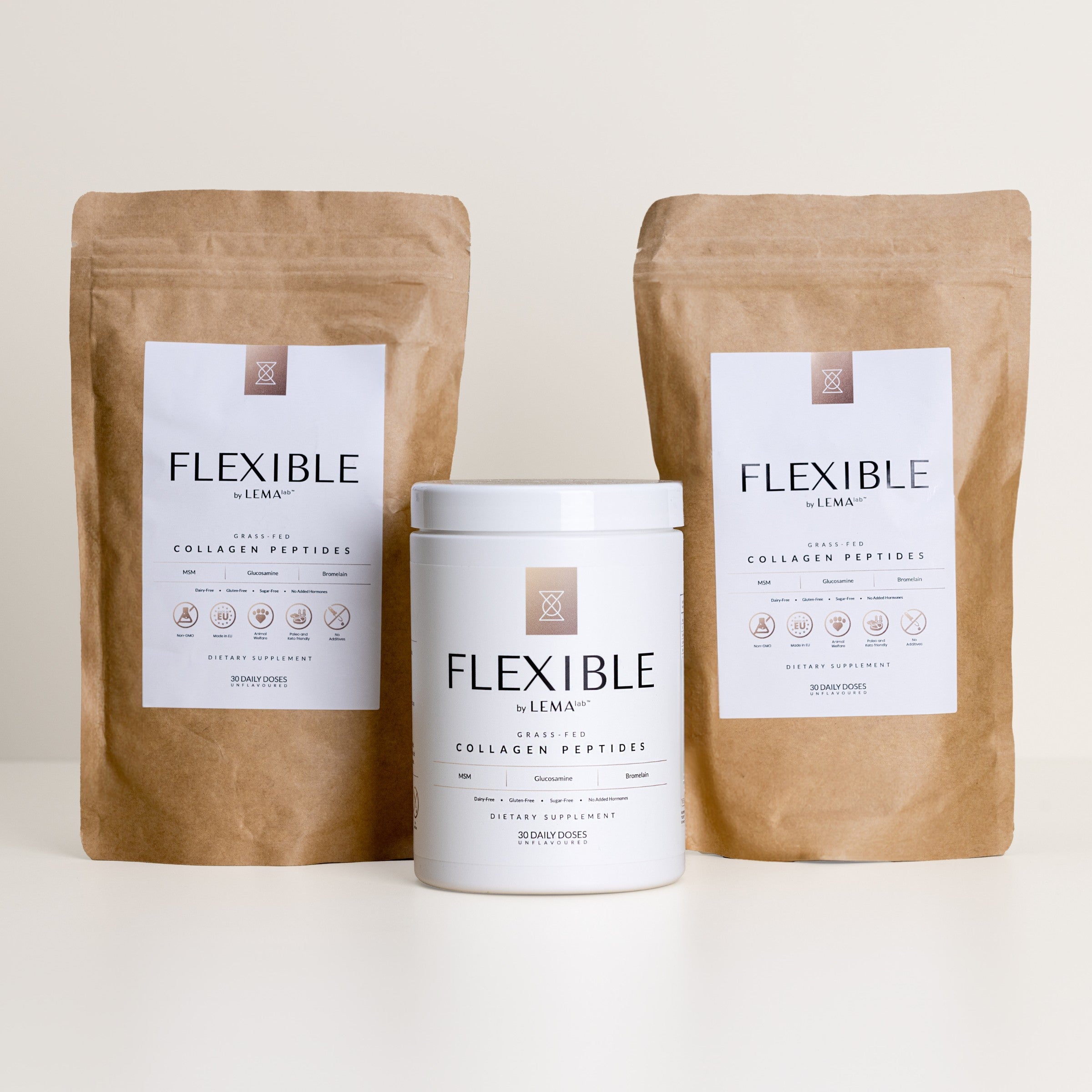

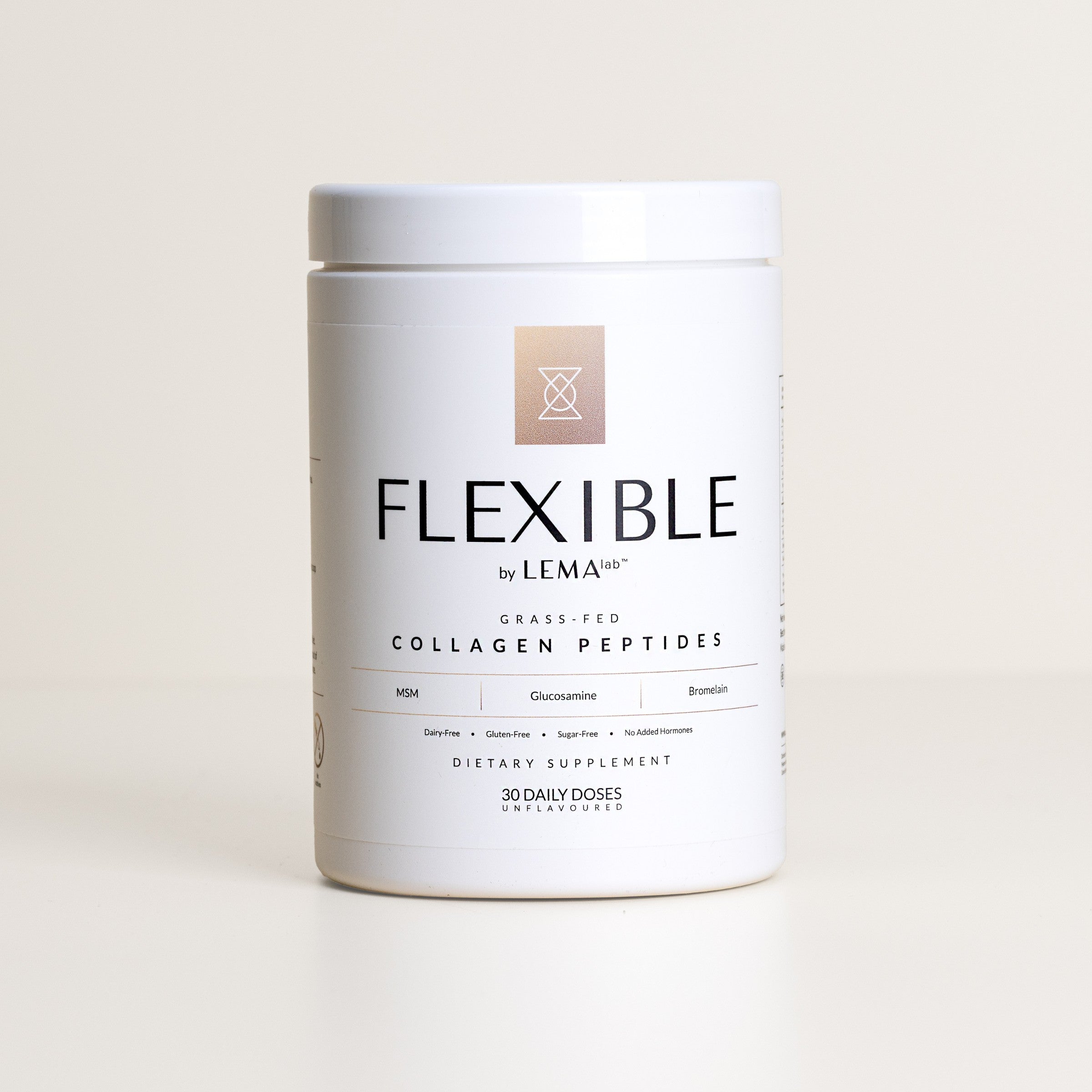
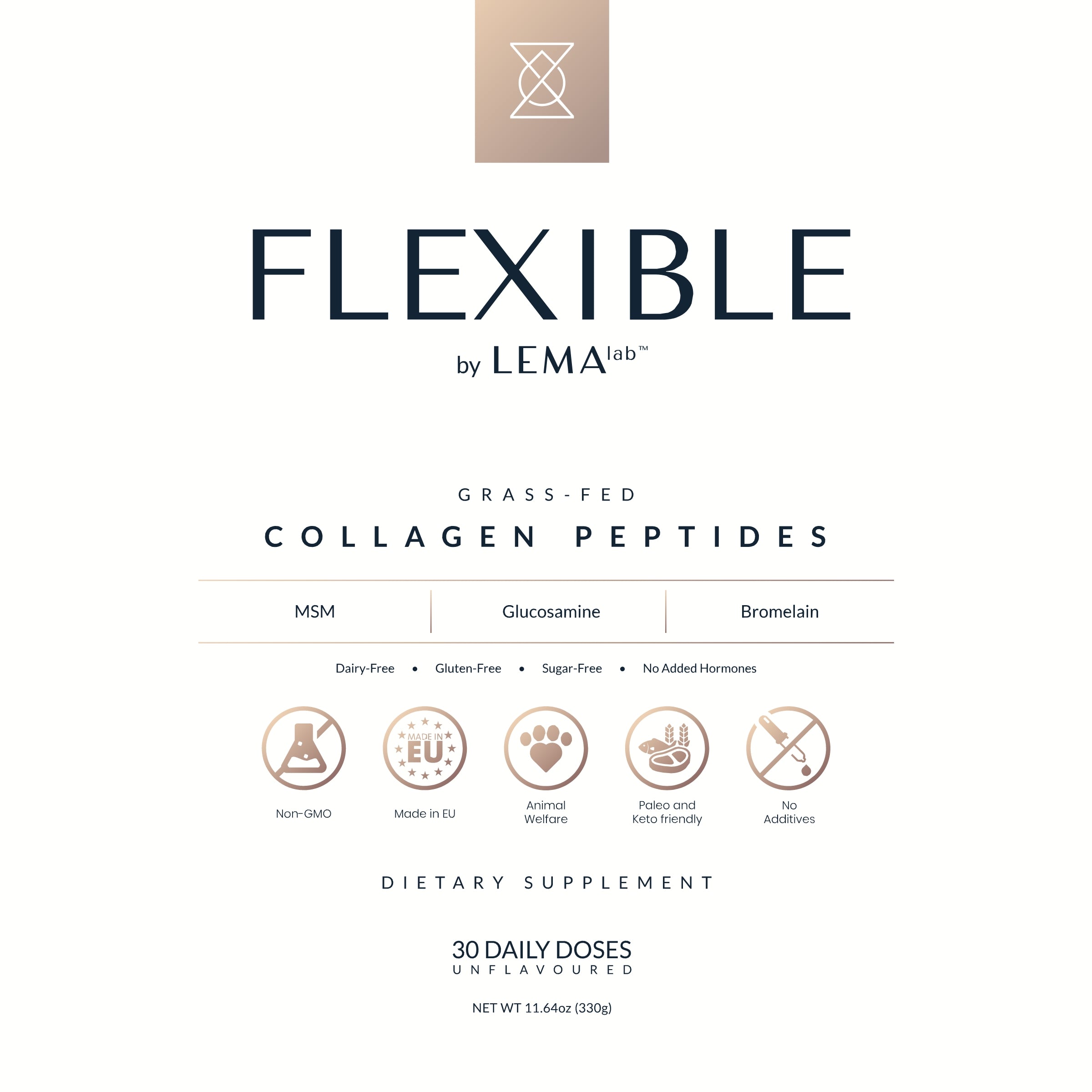
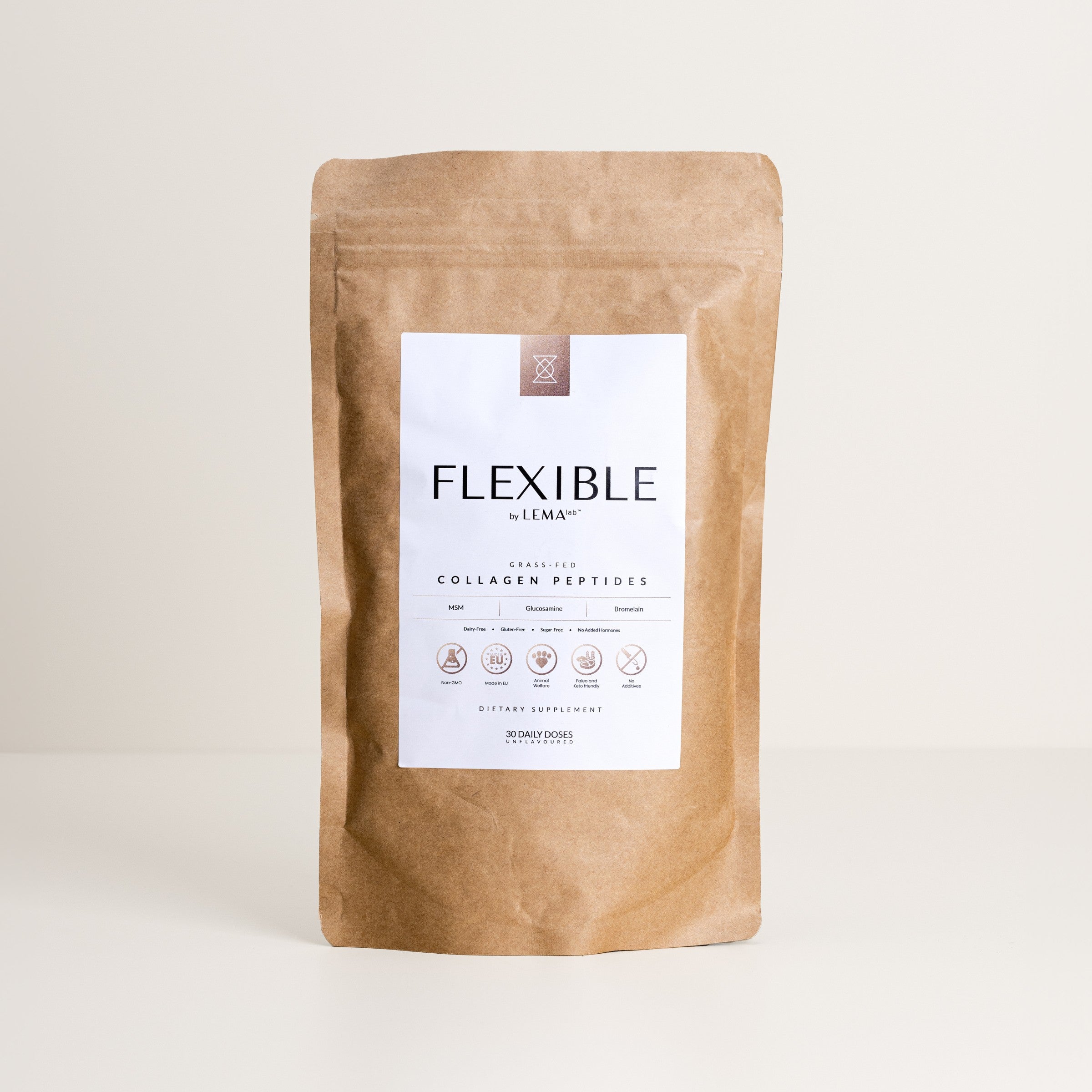
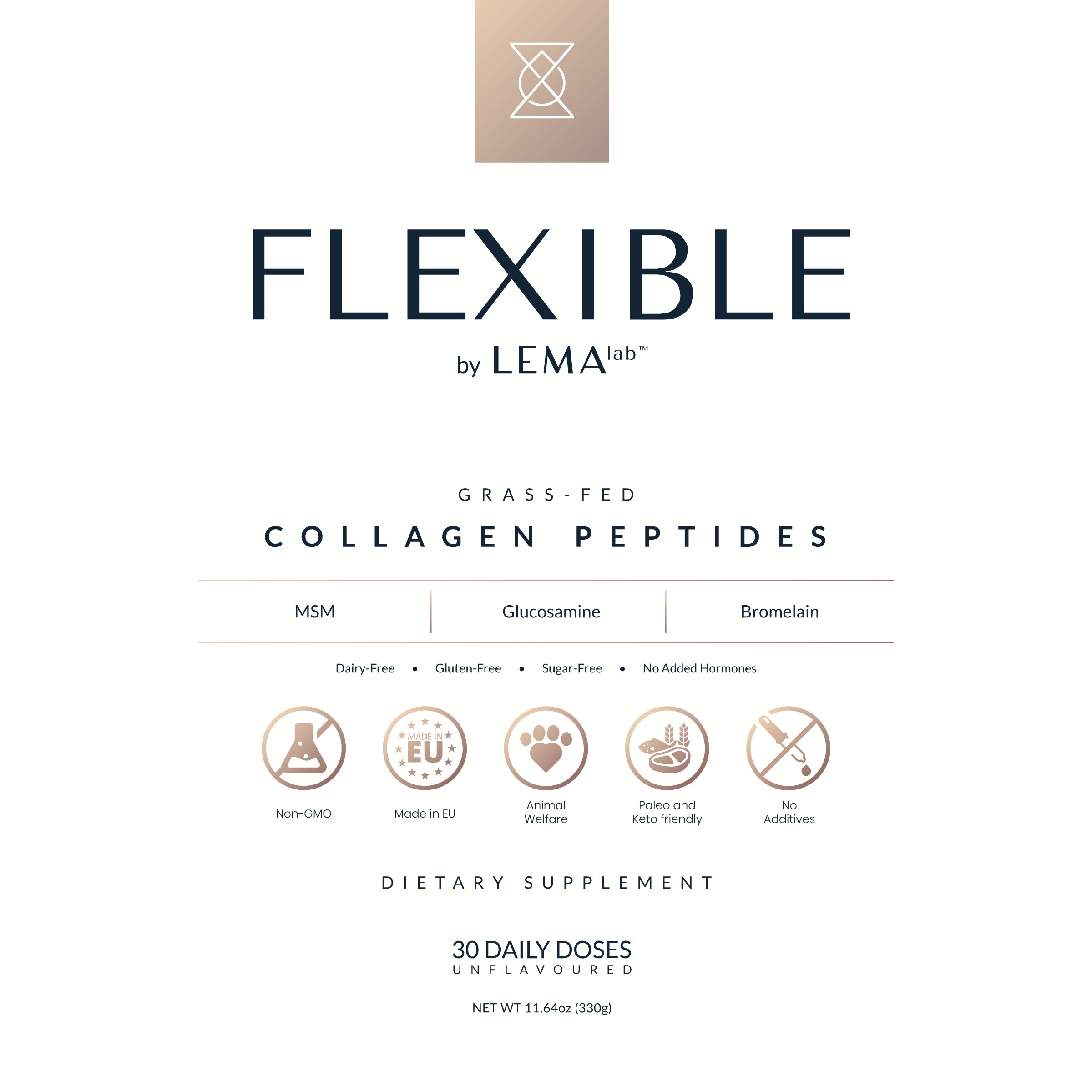
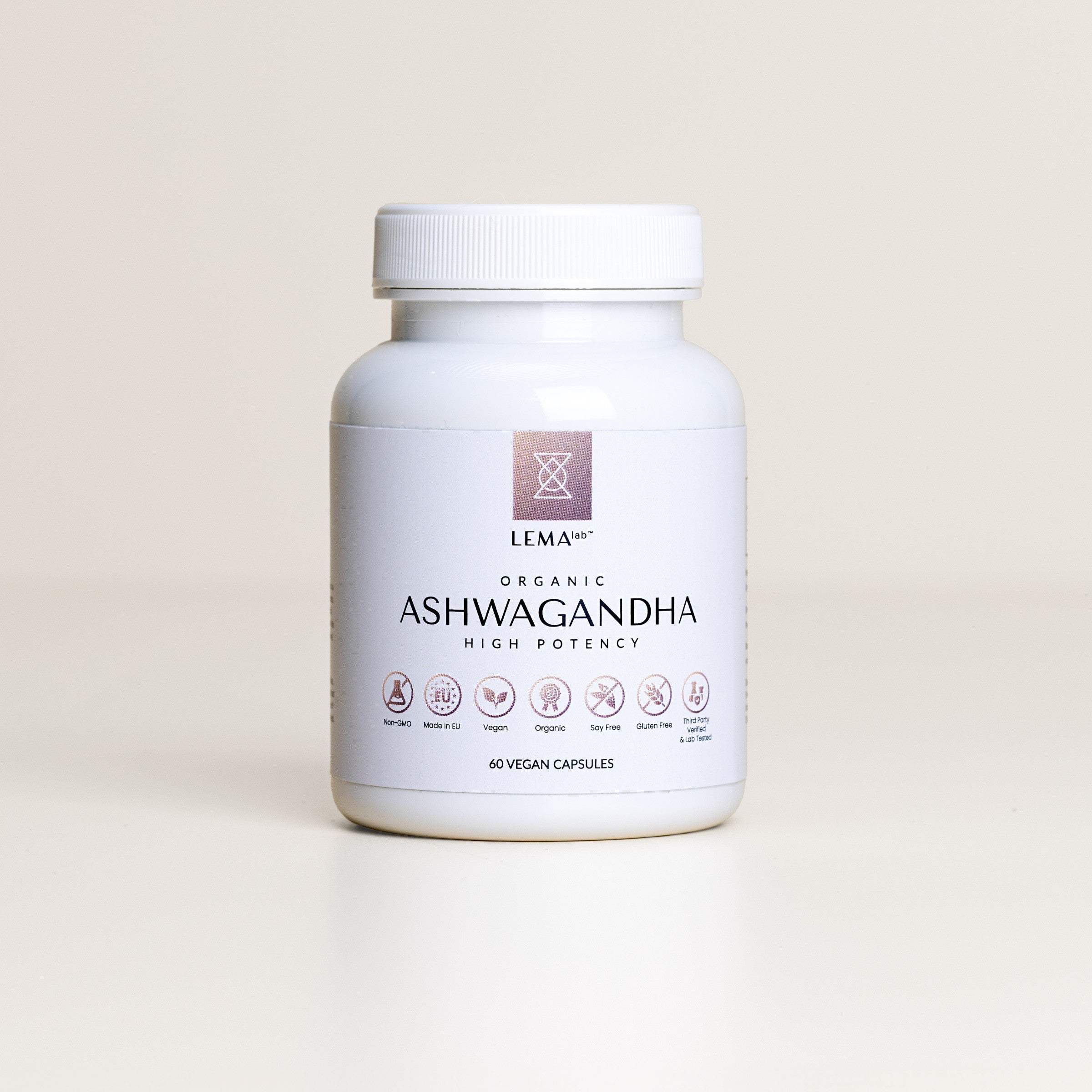

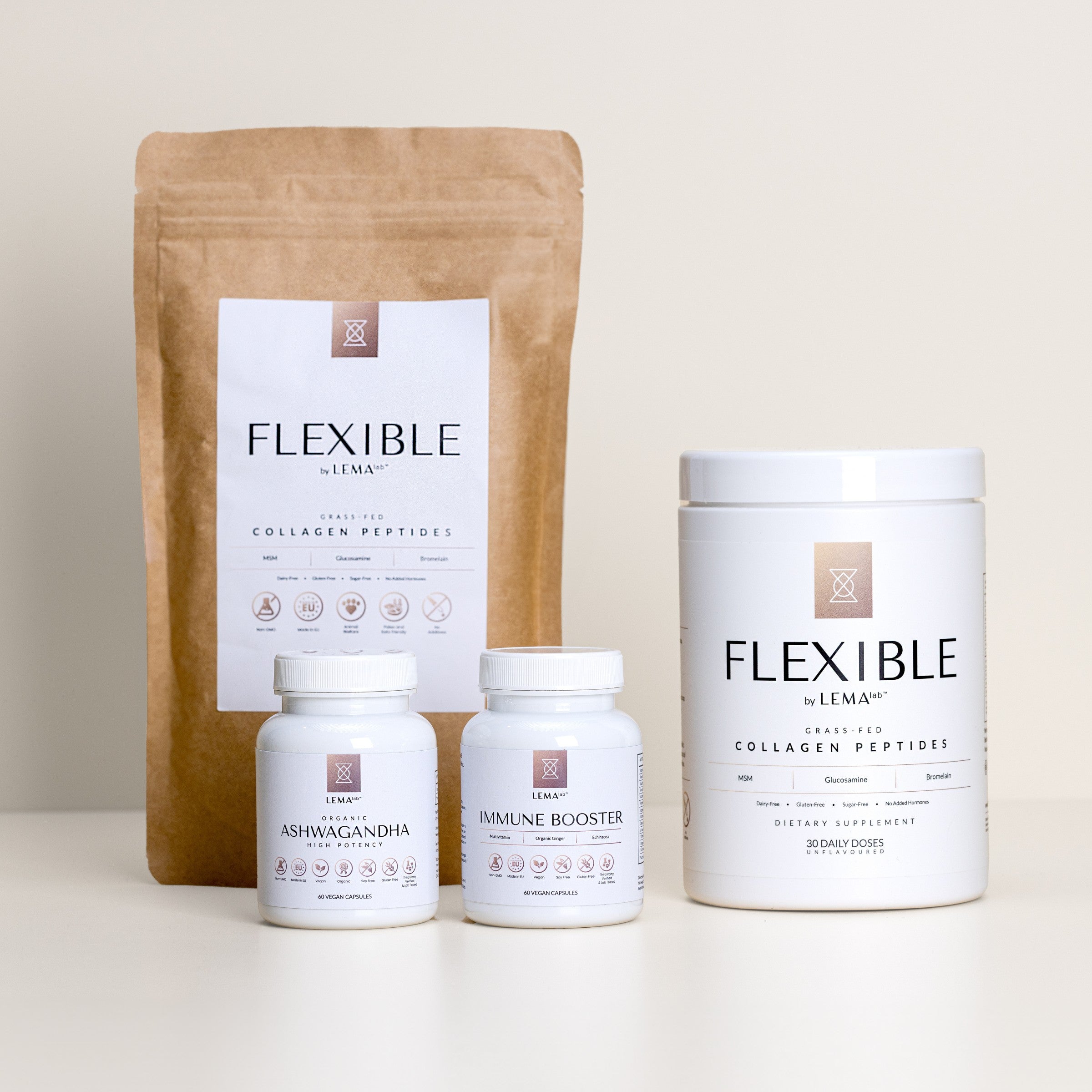
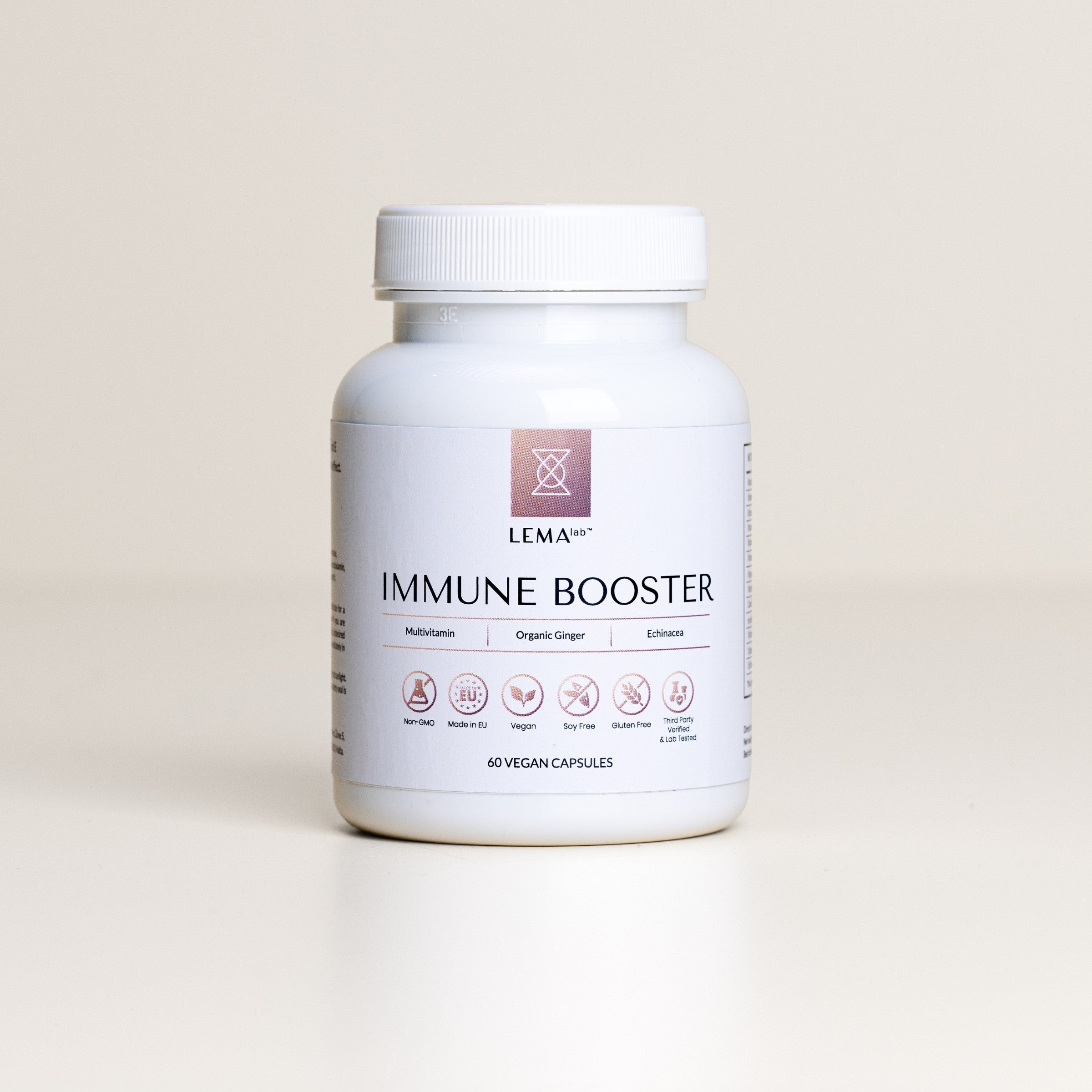
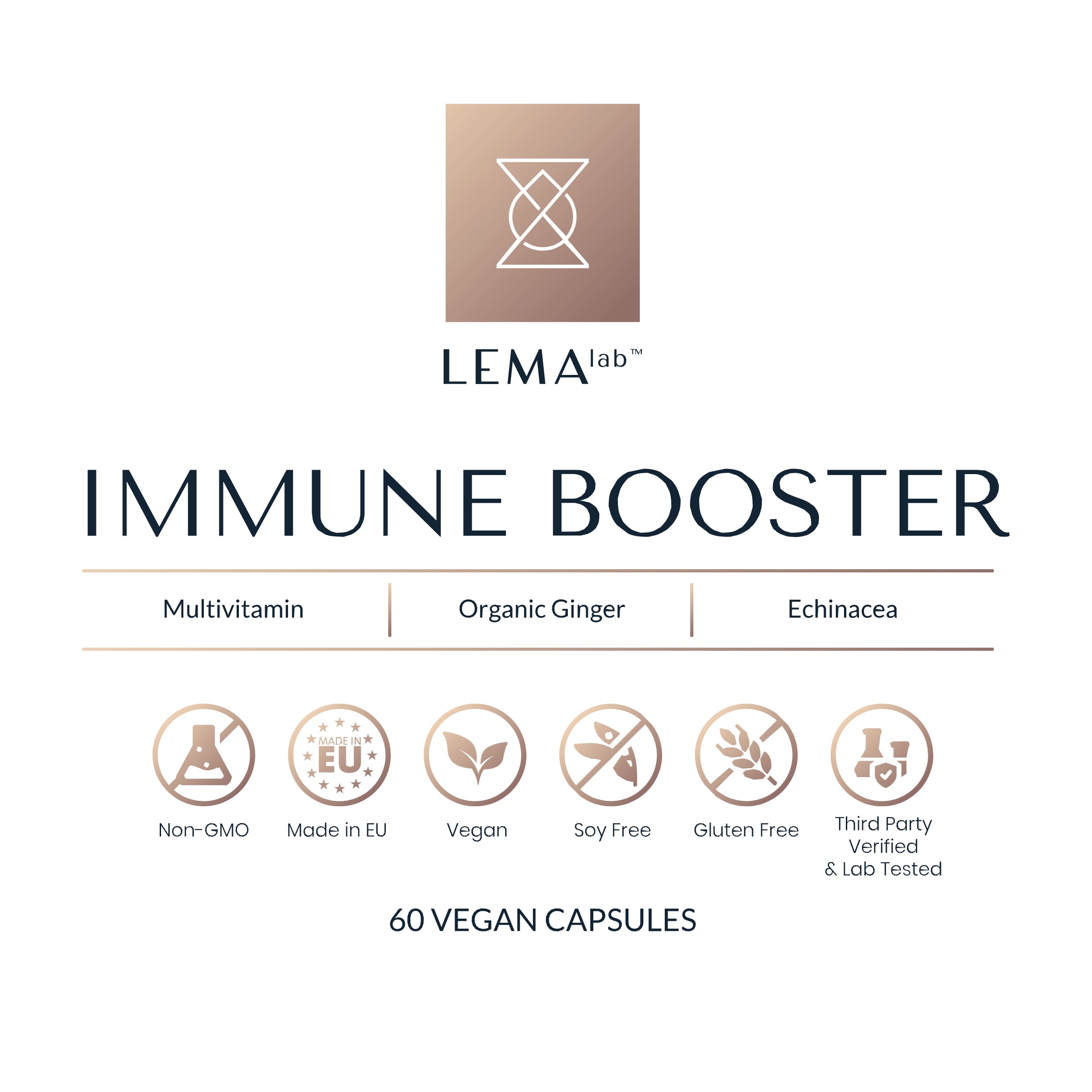
Leave a comment
This site is protected by reCAPTCHA and the Google Privacy Policy and Terms of Service apply.